Is your living room Jurassic Park enough?
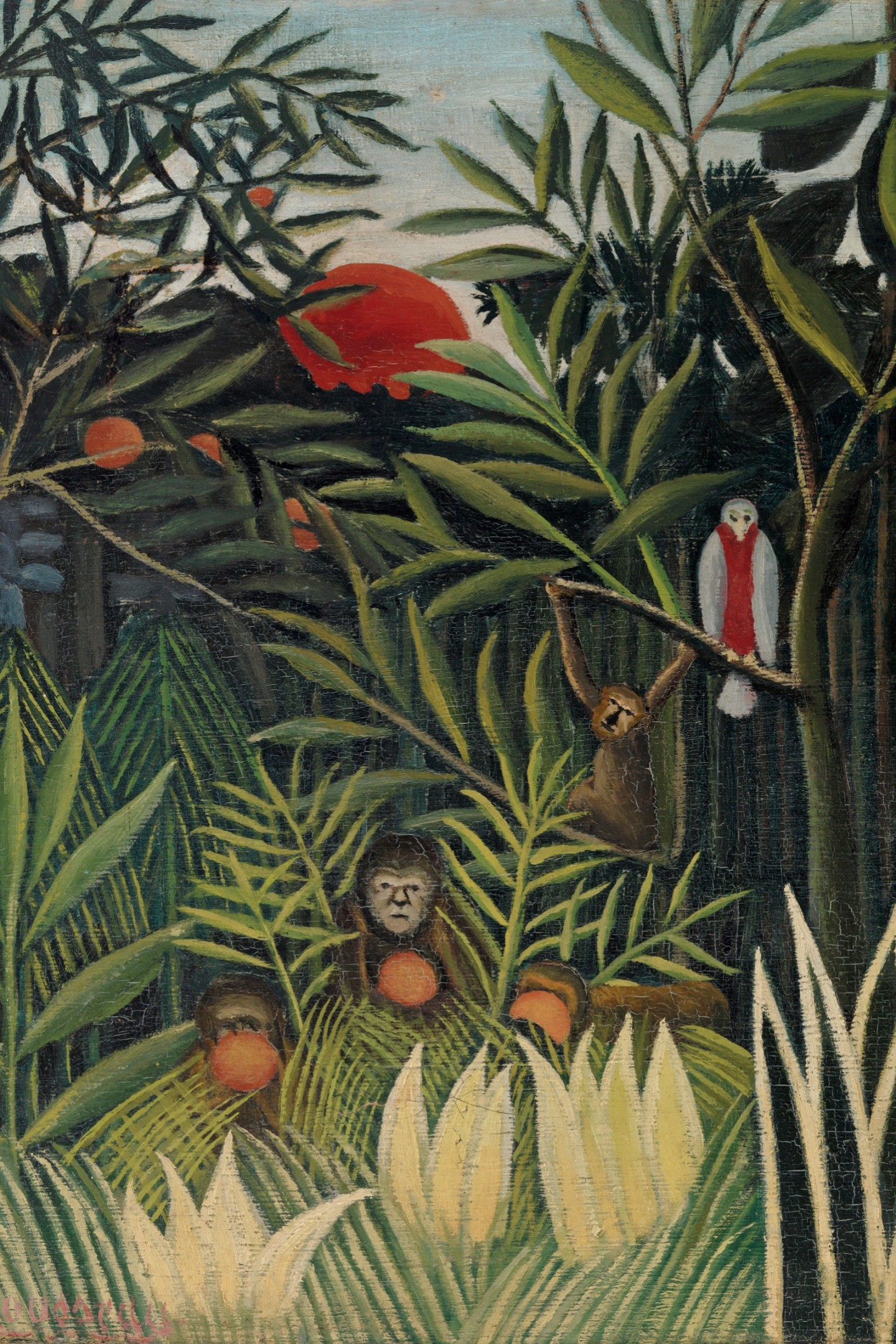
Roula Khalaf, Editor of the FT, selects her favourite stories in this weekly newsletter.
When landscape designer Alexandra Noble and planting designer Nigel Dunnett were tasked with creating the scene for Zimmermann’s SS23 fashion show in Paris, the brief was to recreate the strange, slightly surreal primitive landscapes of a Henri Rousseau painting. They surrounded the Petit Palais’ Beaux Arts courtyard garden by layering varieties of lush palms and glossy shrubs; frangipani and schefflera, punctuated with the long shaggy foliage of Parkinsonia aculeata (the Jerusalem Thorn) and Acacia stenophylla (the shoestring acacia), whose hazy foliage dropped down either side of the runway. “For a while these kinds of exotic plants were quite unfashionable,” says Noble. “But it creates such an incredible effect when you have them en masse. It’s an out-there, maximal aesthetic.”
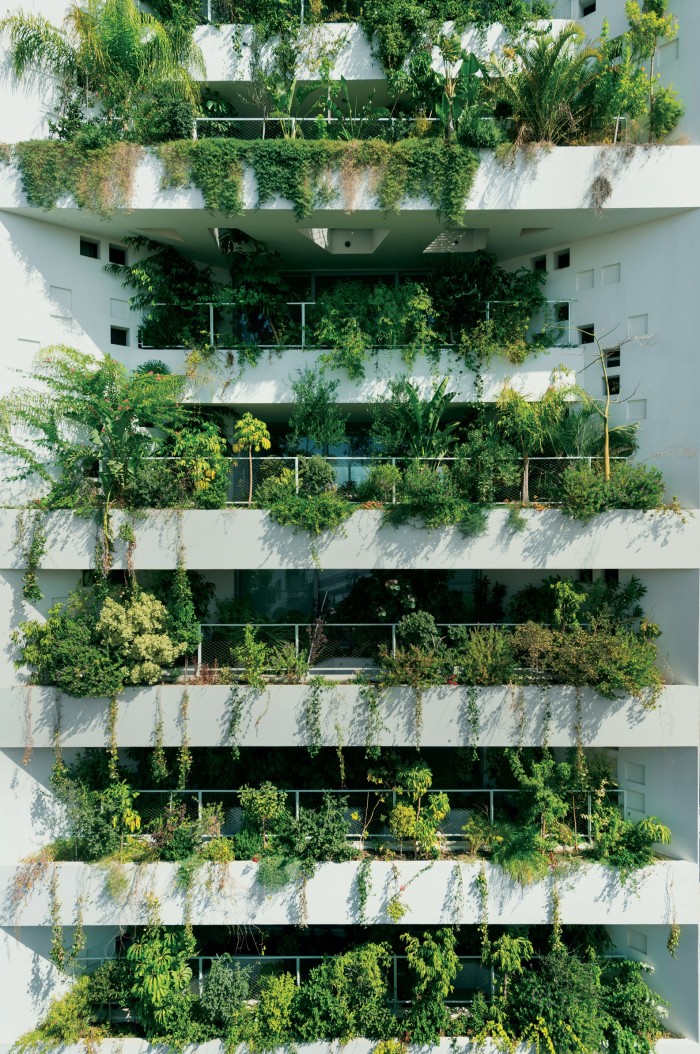
The effect signalled a new enthusiasm for exotic plants that, while once prized for their bold blooms, are now being celebrated for their foliage, shades of green and texture contrasts. Searches on the Royal Horticultural Society’s website for tropical and subtropical plants have more than doubled over the past year, while queries directed to the RHS Advisory team suggest a trend towards large-leafed houseplants such as monstera, philodendrons and alocasia. Such large statement plants “add an instant, luscious impact”, says Green Rooms Market co-founder Jemma Charman. The pop-up plant market launched in London in 2018 but now holds regular events in Bristol and Margate. This year it is expanding into Manchester and Edinburgh.
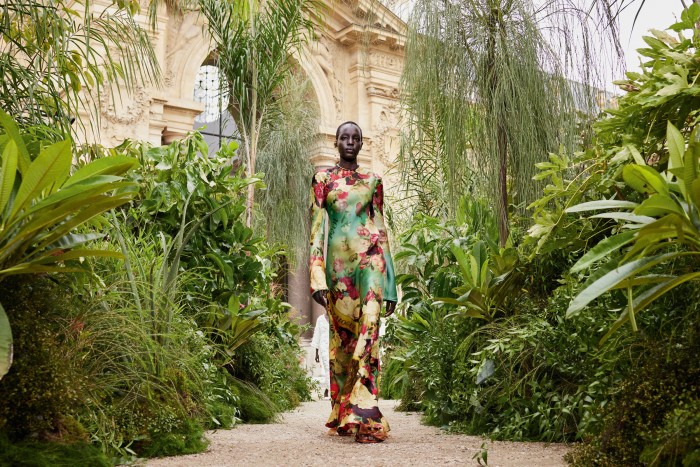
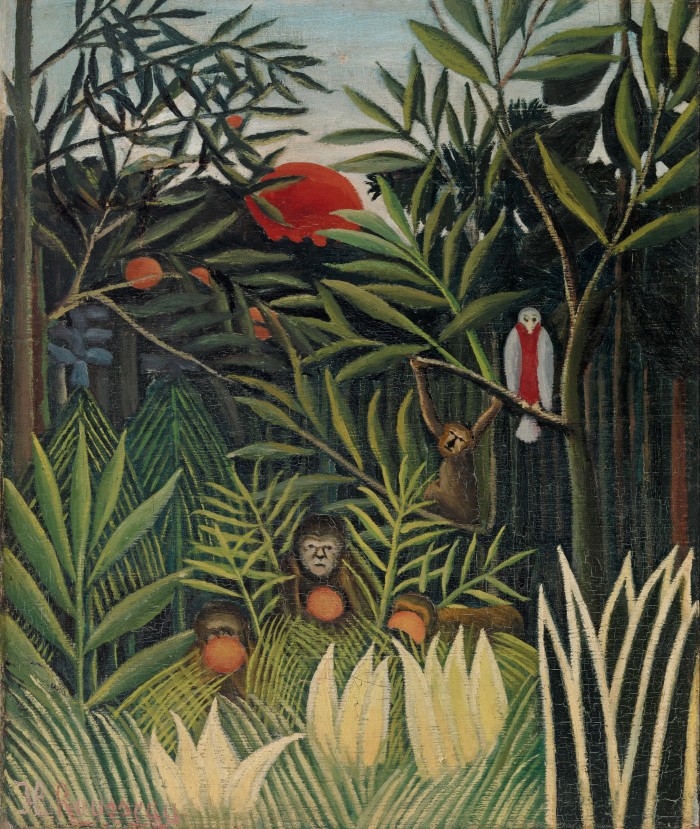
This appetite began with the houseplant boom, but was turbo-charged during the pandemic. And enthusiasts have progressed to increasingly immersive plants. It’s a shift that is echoed in architecture too, as public and private buildings are increasingly finding room for plants – none more so than biophilic apartment blocks such as Jean Nouvel and Takis Sophocleus Architects’ Tower 25 in Cyprus, which is chronicled along with other plant-centred spaces in a new paperback edition of Garden City (Thames & Hudson).
How to plant it: 10 plants to create your own jungle
1. Monstera ↓
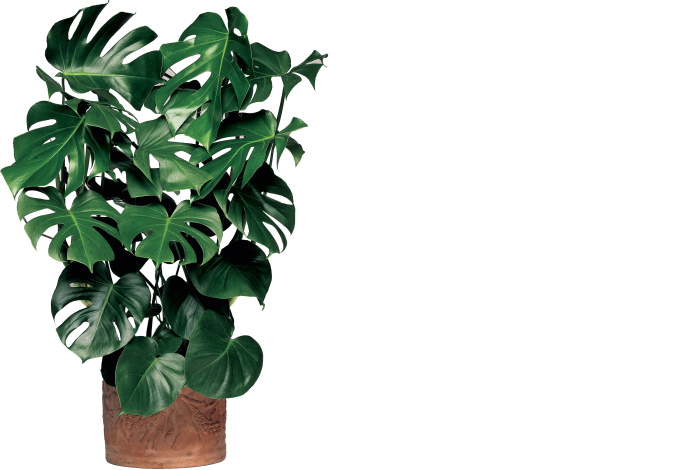
2. Trachycarpus palm
3. Chinese timber bamboo (Phyllostachys vivax)
4. Banana plants ↓
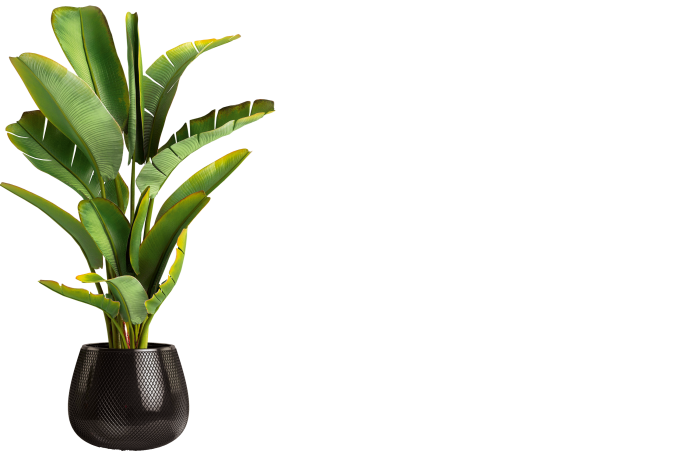
5. Colocasia
6. Houpara (Pseudopanax lessonii “Tuatara”)
7. Chinese rice-paper plant (Tetrapanax papyrifer “Rex”)
8. Paperplant (Fatsia japonica) ↓
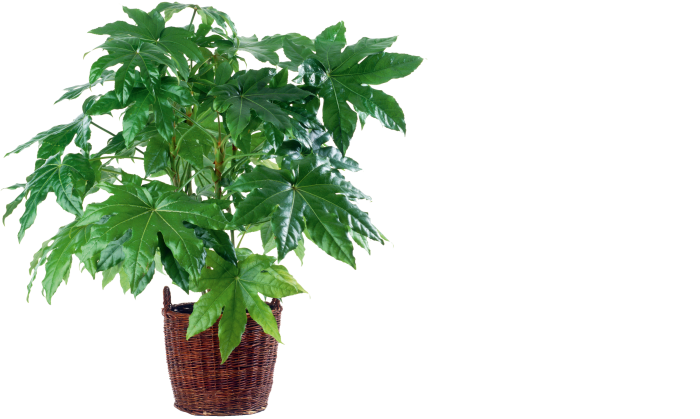
9. Philodendrons
10. Alocasia
Credit: Getty Images, Alamy
At Architectural Plants – one of a few go-to nurseries for instant-impact specimens – sales of exotic large-leafed plants or those with a jungle look are up around 25 per cent over the past year. Owner Guy Watts has noted a particular interest in more unusual varieties, such as the Jurassic-looking Pseudopanax lessonii “Tuatara” – a gangly looking tree with narrow serrated black leaves.
This “otherness” is exactly the attraction. Andrew Brogan, who spent 20 years creating the Henstead Exotic Garden in Suffolk, first spotted a trachycarpus palm in an article in the early ’90s, fuelling a lifelong obsession. Having grown up in London with no garden, he was instantly thrilled. “I wanted to create my own world, another world,” says Brogan, who sells plants from his garden nursery as well as at country shows. His backyard jungle immerses visitors in a lush tropical forest of hardy palms, dwarf fan palms and bananas, as well as tree ferns, great leafed magnolias and enormous bamboos (Phyllostachys vivax, which has probably the biggest canes in the UK).
It’s the same story at the exotic garden at Great Dixter, the Arts and Crafts house in Sussex. Here, head gardener Fergus Garrett sometimes gets visitors to crouch down under the sturdy ancient beams of the adjoining cow barn and gaze out at the verdant jungle he has created from a child’s height. From all angles, foliage leans in and envelops you; the glaucous, finely toothed leaves of Melianthus major, strappy grasses and glossy Fatsia japonica each contrast with their neighbours. Lower down, the shield-shaped leaves of colocasia hang over the paths, forcing explorers to push past.
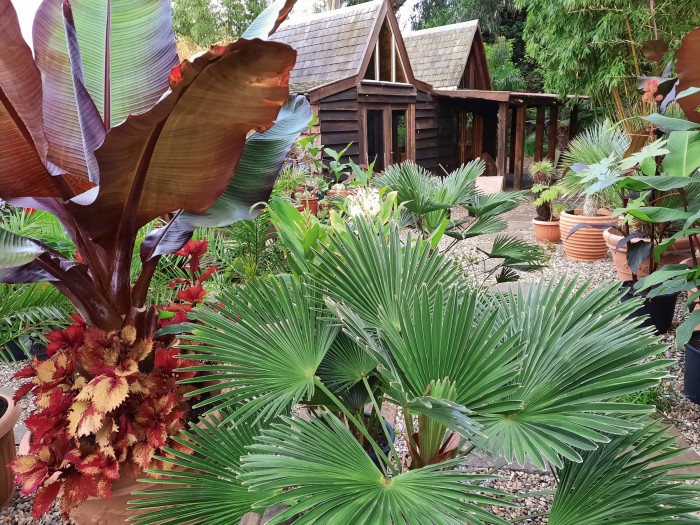
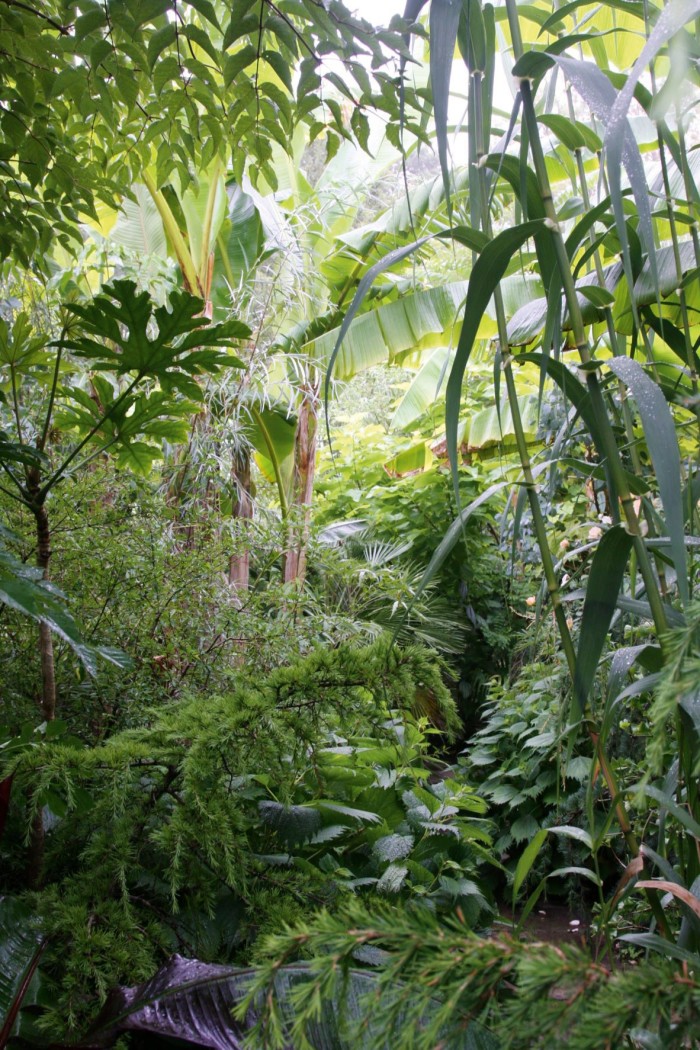
Originally a rose garden designed by Edwin Lutyens in 1910, this past summer it was the best it’s ever been, he says. “It’s extraordinarily peaceful, and a restful, spiritual place because you are completely immersed. It transports you to another world – a garden for me is all about fantasy.” But these transporting spaces don’t need to be of epic proportions. In Tokyo, creatives at botanical designer Tsubaki curate miniature verdant worlds lush with arching ferns and grasses cocooned in mosses – such as supersized kokedama (balls of soil covered in moss).
Botanist James Wong, who has recently launched his own indoor gardening course on Create Academy, makes similar worlds at home in London. “Creating indoor gardens is an exercise in control; while you are nurturing these little spaces, you are escaping to an environment over which you have total and complete dominion. The more nature is under threat, the more we are likely to want to escape to it on our own terms.”
Comments